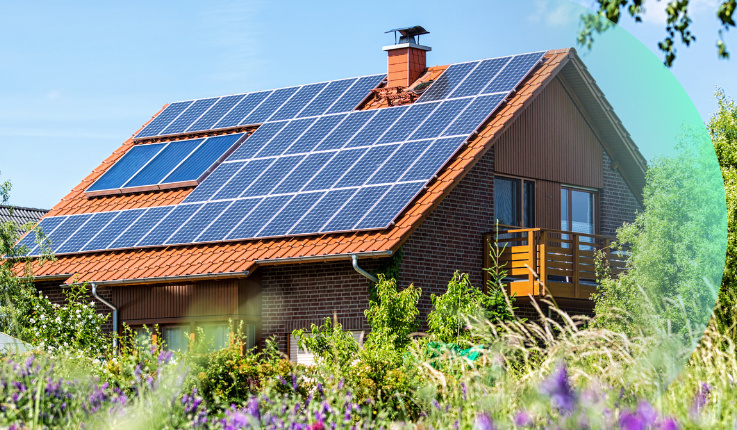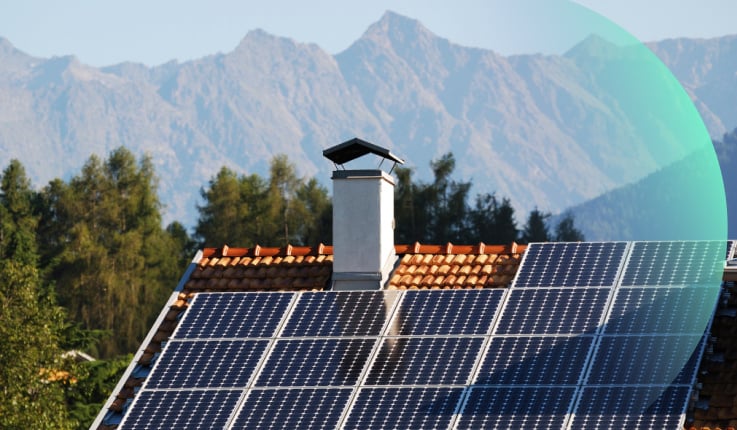What time is electricity cheapest and how can you save on your bill?
Did you know that you don't always pay the same for electricity? If you have a variable price tariff, the cost of electricity changes throughout the day depending on demand and the time of day. Taking advantage of the cheapest hours can make a big difference in your bill.
Nordy tells you when electricity is cheaper so you can optimize your consumption and save on your bill.
Time slots and how they affect electricity prices
The price of electricity is determined by several factors, including demand. At times of the day when demand for energy is low, the price of electricity tends to be cheaper. On the other hand, when demand increases, prices also skyrocket.
In Spain, the electricity tariff system is organized according to different time slots. These are generally divided into three periods: Peak, Flat and Valley. Knowing these periods is essential to benefit from the cheapest electricity.
1. Peak Period
The peak period refers to the hours of highest electricity consumption, from 10:00 to 14:00 and from 18:00 to 22:00, from Monday to Friday (excluding holidays). During this time, electricity demand is high, as businesses, households and other consumers use more energy. Therefore, the price of electricity during these hours is higher, coinciding with the higher level of work and commercial activity.
2. Flat stretch
The flat period covers the hours from 8:00 to 10:00, 14:00 to 18:00 and 22:00 to 00:00, from Monday to Friday (except holidays). The price of electricity in this segment is moderate, since demand is intermediate. Although it is not the most expensive, it is still more expensive than the off-peak period. During these hours, energy consumption is considerable, but does not reach the highest levels recorded during the peak period.
3. Valley section
The off-peak period is the most economical period for electricity consumption, which runs from 00:00 to 8:00 every day and throughout the day on weekends. During this time, the demand for electricity is low, which allows rates to be much more economical. During this period, the price of electricity can be up to 95% lower than during the peak period. Taking advantage of nighttime and weekend hours to consume electricity is an excellent way to reduce your bill.

Why do these differential prices exist?
The reason for this system is to encourage electricity consumption during off-peak hours, since at those times electricity generation is more economical and environmentally friendly. If you manage to adjust your consumption to take more advantage of the night hours, you could see significant savings on your bill.
Which tariff is right for you?
It all depends on how and when you use energy at home. If you can adjust your consumption to the most economical hours of the day, an hourly rate can help you reduce your bill. It is a good option if you spend a lot of time at home or if you can organize tasks such as doing the washing machine or cooking during off-peak hours.
On the other hand, if your energy expenditure is concentrated in peak hours, a fixed-price tariff could give you more peace of mind. The important thing is to know your routines and see which one best suits your day-to-day life. That will make the difference in your savings.
At Nordy we have both options, and we can help you identify which one best fits your consumption. Our team can analyze your bill and help you choose the best option for you.
Conclusion
Knowing what time electricity is cheaper and how to adapt your habits to these time slots can be the key to reducing energy costs in your home. With a few small adjustments in the use of appliances and electronic devices, you can achieve considerable savings on your electricity bill.
If you are interested in learning more, we recommend you visit our blog.
If you have any questions or need more information, please contact us or visit our website to discover all the services we offer. Nordy will be happy to help you!



























